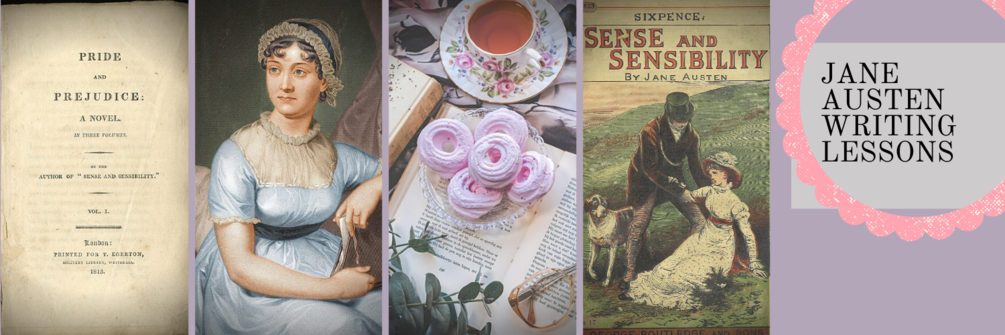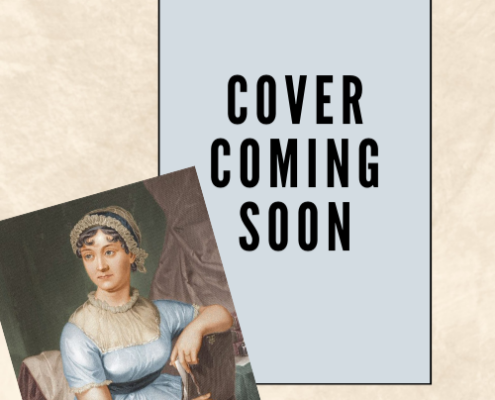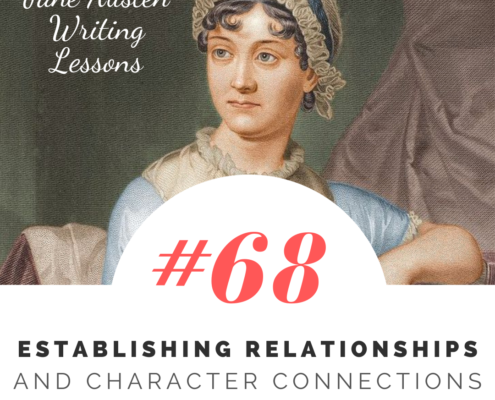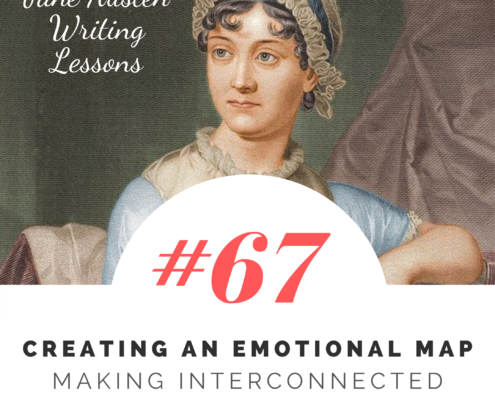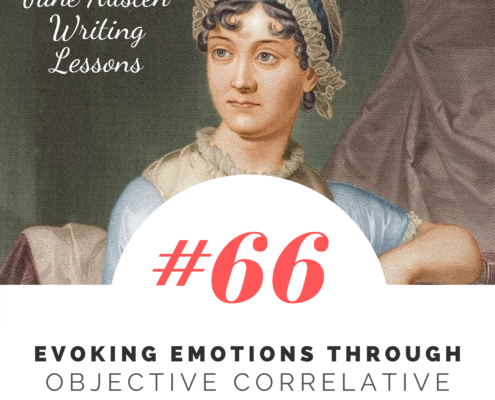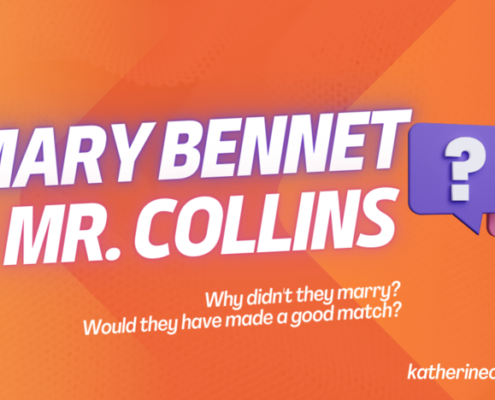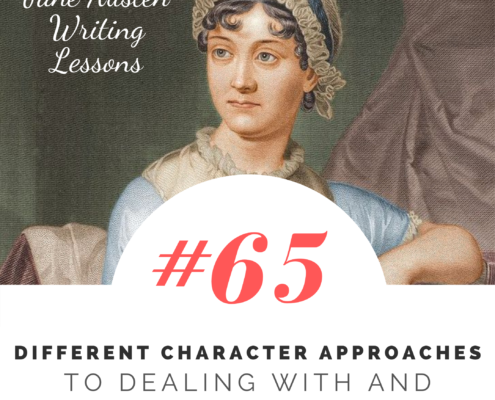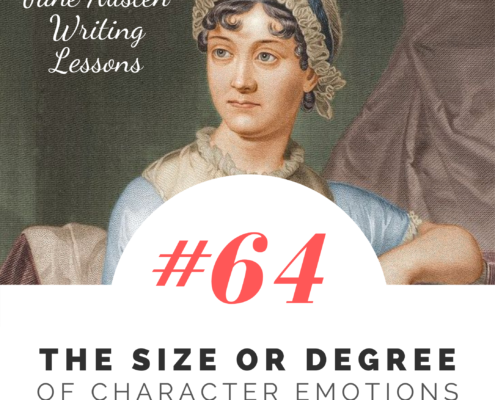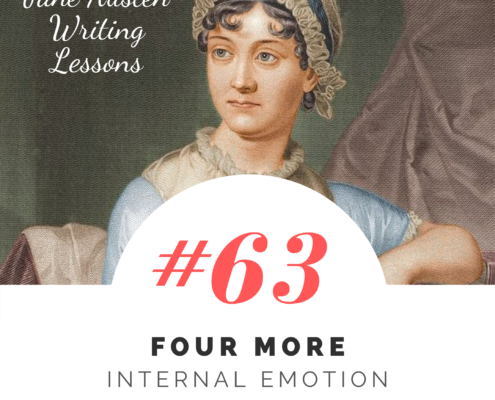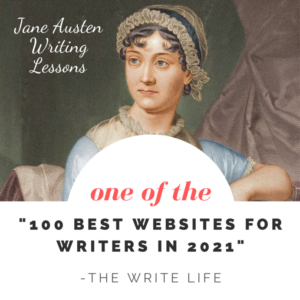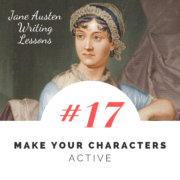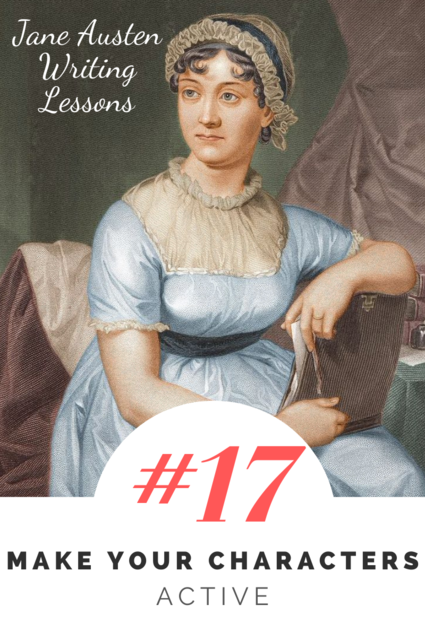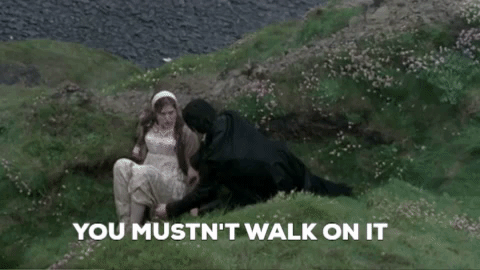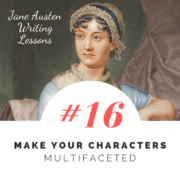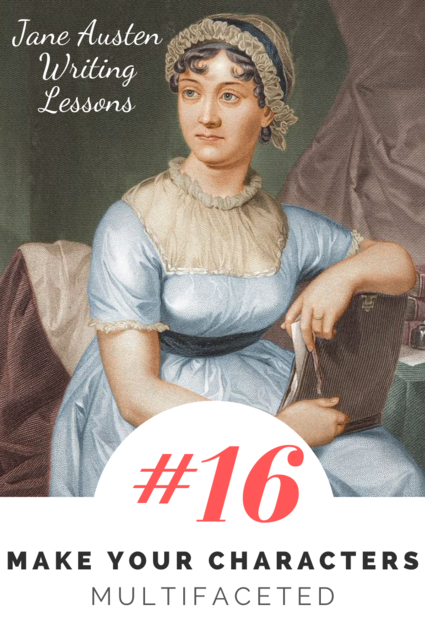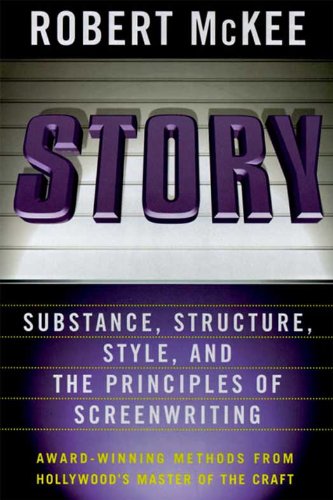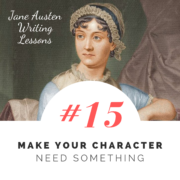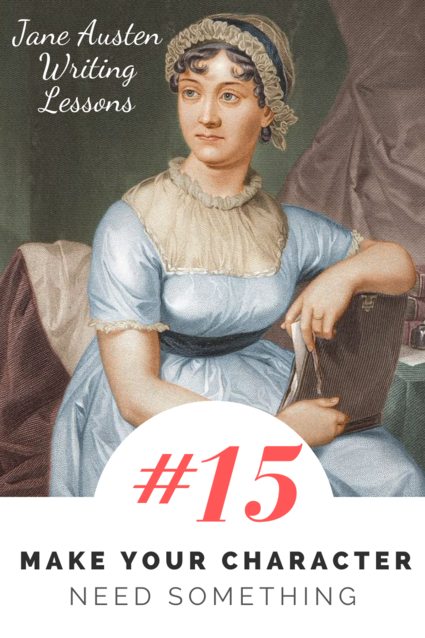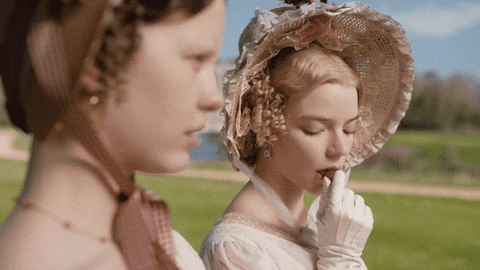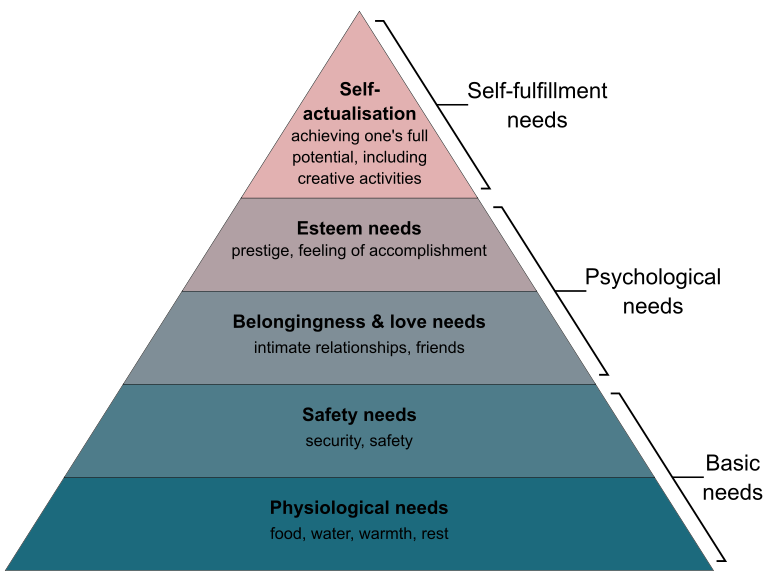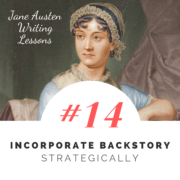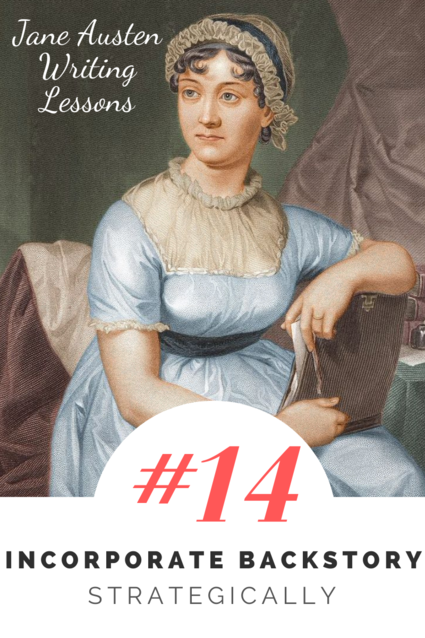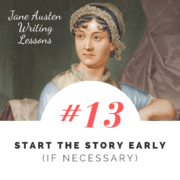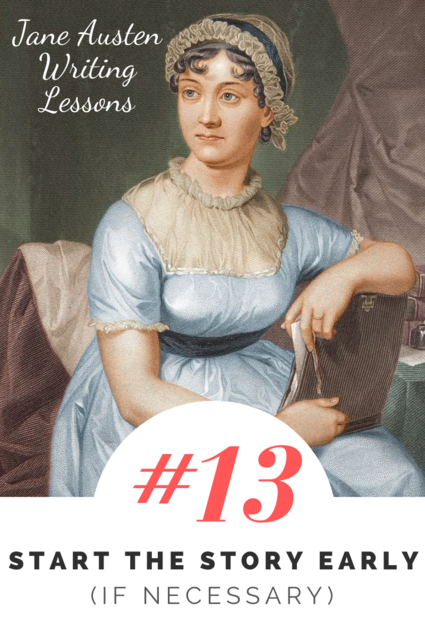An infodump is an excess of information that pulls us out of the narrative. Information is piled on the reader, who does not have direction, and who doesn’t feel any sense of connection to the information. When too much of this sort of information is given to the reader at once, none of the information has purpose or weight, and the reader often loses interest in the story.
Instead of creating a pile of information, consider the individual pieces, and how they could be incorporated. The soda can in this beach pile might not feel like garbage if we encounter it by itself, as we’re walking along the beach. We might see someone drinking it—it might bring up an interesting recollection of a past event or situation.
The author Jo Walton talks about the benefits of what she calls incluing, or “the process of scattering information seamlessly through the text, as opposed to stopping the story to impart the information.”
Backstory should be woven not just through the exposition of a story, but throughout the entire story.
Weaving in Backstory in Persuasion
In the exposition of Persuasion, Jane Austen establishes the Elliot family, the death of Lady Elliot, and the characters of the three daughters, including the oft overlooked Anne Elliot.
The heart of Persuasion is about Anne Elliot and her relationships, in particular her relationship with Captain Wentworth. Yet the crucial backstory about the relationship between them is not provided in the exposition of the novel, but is carefully woven throughout.
The Elliots have decided that in order to remain financially solvent, they must rent out their home, Kellynch Hall. In chapter 3, they discuss a possible tenant: Admiral Croft.
One line of dialogue gives us Anne’s viewpoint on the Navy:
“The navy, I think, who have done so much for us, have at least an equal claim with any other set of men, for all the comforts and all the privileges which any home can give.”
This is subtle backstory—it’s something she is saying in the moment, in response to her father’s prejudice. Yet it reveals her attitude towards those who serve in the Navy.
A few pages later, Anne is able to give specific details on what Admiral Croft is known for—that he fought in Trafalgar and has been stationed in the East Indies. Once again, this provides key backstory. As readers, we’ve learned that Anne knows much more about the Crofts than anyone in her family, yet we don’t yet know how she learned this information.
A few pages later, someone mentions that years back, someone had visited that had some connection to Admiral Croft, and after a pause, Anne volunteers a single detail.
“You mean Mr. Wentworth, I suppose,” said Anne.
Her hesitation, the lack of detail that she gives, all reveal things about Anne and her relationship with this family.
By the end of chapter 3 , Sir Walter Elliot decides that he will allow Admiral Croft to rent the estate. The chapter ends with this sentence.
No sooner had such an end been reached, than Anne, who had been a most attentive listener to the whole, left the room, to seek the comfort of cool air for her flushed cheeks; and as she walked along a favourite grove, said, with a gentle sigh, “a few months more, and he, perhaps, may be walking here.”
In this moment, we see Anne’s current emotions and thoughts, but backstory is also revealed: we are given a sense of love lost, and we see the agitation this creates for Anne.
Throughout this chapter, there have been plenty of opportunities where Jane Austen could have provided an infodump, even spots where it might be natural and not feel like an infodump. Yet by spreading the information, piece by piece, it allows the scene to build, it provokes our curiosity, it gives crucial insight into Anne’s character, and it prepares us for chapter four, when we are given a larger amount of backstory.
The first line of Chapter 4:
He was not Mr. Wentworth, the former curate of Monkford, however suspicious appearances may be, but a captain Frederick Wentworth, his brother.
The narrator then describes Captain Wentworth’s situation years before, and how he and Anne met and fell in love. It tells us of their short engagement, and how Sir Walter and Lady Russell had convinced Anne to break it off.
This is a lot of backstory, but by this point, we care about Anne and this backstory has meaning for us as readers.
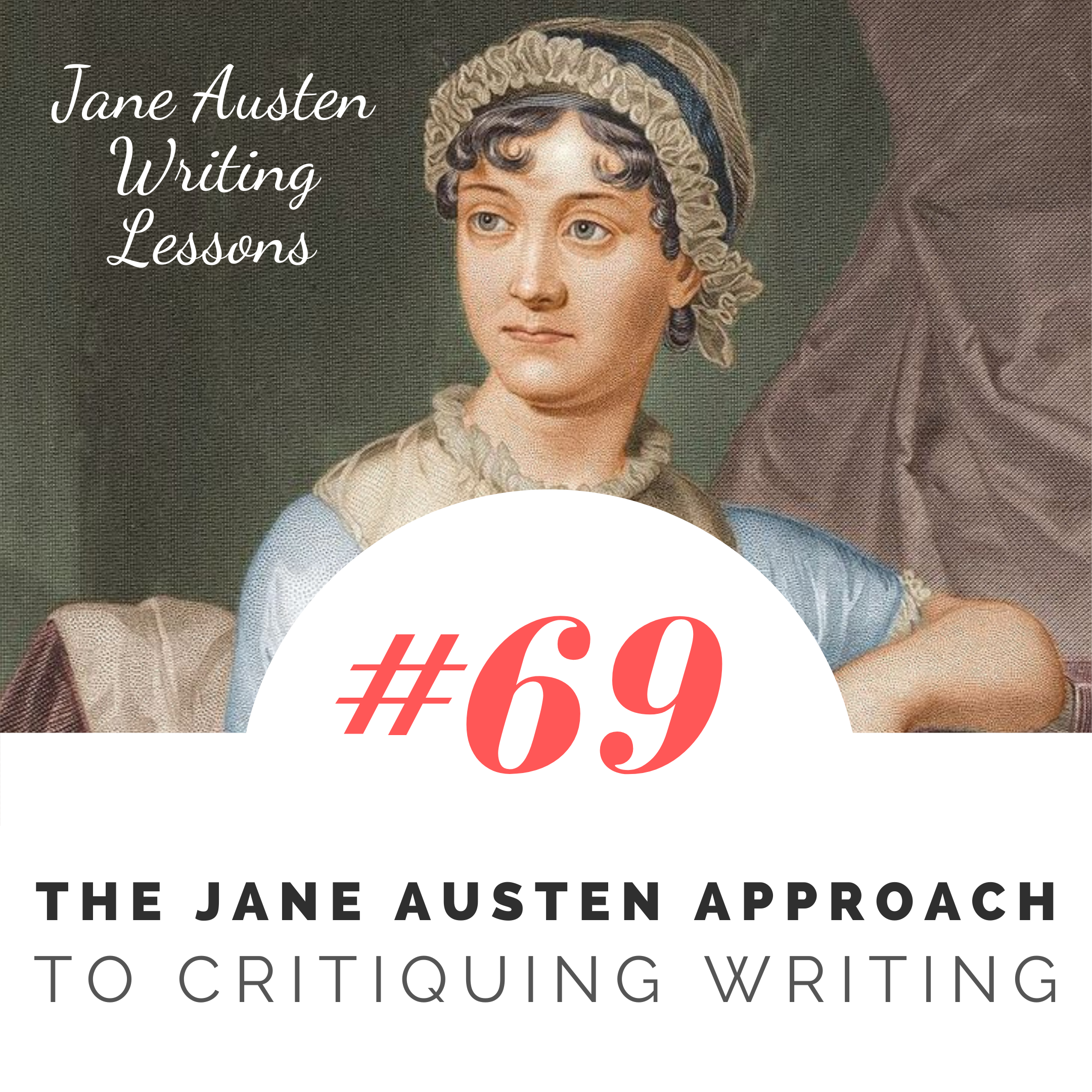 https://www.katherinecowley.com/wp-content/uploads/2025/01/69-Square.png
2160
2160
Katherine Cowley
http://www.katherinecowley.com/wp-content/uploads/2024/12/Katherine-Cowley-1.png
Katherine Cowley2025-01-27 16:50:132025-01-27 16:50:14#69: The Jane Austen Approach to Critiquing Writing
https://www.katherinecowley.com/wp-content/uploads/2025/01/69-Square.png
2160
2160
Katherine Cowley
http://www.katherinecowley.com/wp-content/uploads/2024/12/Katherine-Cowley-1.png
Katherine Cowley2025-01-27 16:50:132025-01-27 16:50:14#69: The Jane Austen Approach to Critiquing Writing https://www.katherinecowley.com/wp-content/uploads/2025/01/69-Square.png
2160
2160
Katherine Cowley
http://www.katherinecowley.com/wp-content/uploads/2024/12/Katherine-Cowley-1.png
Katherine Cowley2025-01-27 16:50:132025-01-27 16:50:14#69: The Jane Austen Approach to Critiquing Writing
https://www.katherinecowley.com/wp-content/uploads/2025/01/69-Square.png
2160
2160
Katherine Cowley
http://www.katherinecowley.com/wp-content/uploads/2024/12/Katherine-Cowley-1.png
Katherine Cowley2025-01-27 16:50:132025-01-27 16:50:14#69: The Jane Austen Approach to Critiquing Writing
